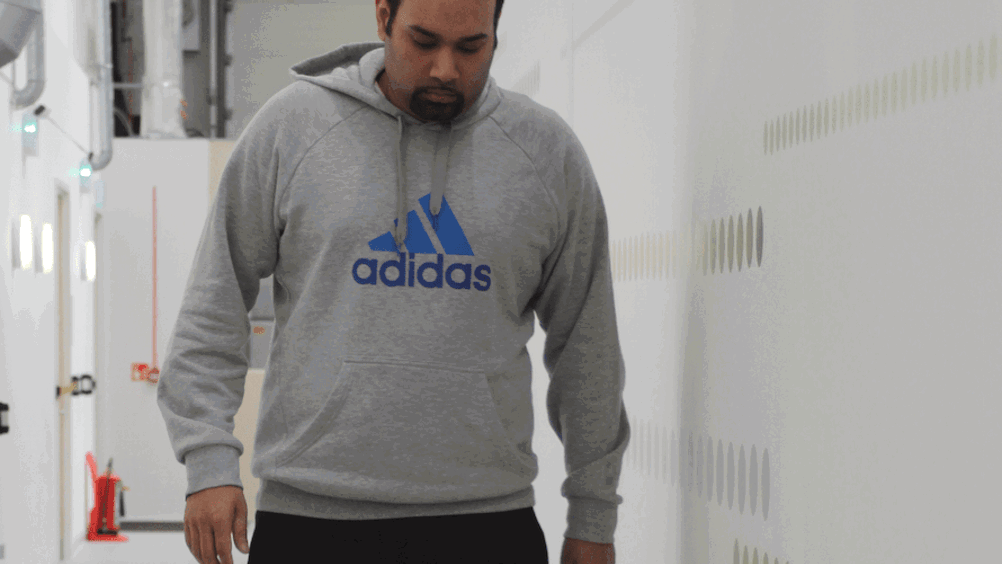Engineering student turns adversity into career opportunity
In January 2010 Rishi Vegad had to learn to walk again after losing a leg in a hit-and-run accident. He initially struggled with traditional prosthetic limbs that are cumbersome and difficult to control but in 2013 he got to trial the Linx, the current winner of the Royal Academy of Engineering MacRobert Award and has since been involved with its development.

Currently a 2nd year aerospace engineering student at Kingston University, the 29 year old from West London took time out to give Student Engineer a candid insight into prosthetic limb development and his aims as an engineer.
How old were you when you when the hit-and-run accident happened?
I was 22 years old. I was out walking a friend’s dog in 2010 when the accident happened – about nine months before I was due to start at university.
Can you describe your difficulties with prosthetic limbs prior to getting involved with Linx?
Standing still is a challenge for lower limb prosthetic wearers: we have to use a lot of energy and concentration just to hold the leg steady. Before the Linx, all the limbs I used had been mechanical, not mechatronic, which combine electronic and mechanical systems. A common problem was that if I didn’t stand exactly right, the knee ‘jack-knifed’ and I fell over a lot. It’s a trust issue really – when a mechanical cylinder fails you it knocks that trust you have in the limb. The Linx has a central computer which acts a bit like the human brain, via software called Mi² (Motion integrated intelligence) to help the knee and ankle work together. The Linx means I can walk confidently, knowing that the limb will be at the right speed and support level for me at all times.
Register now to continue reading
Thanks for visiting The Engineer. You’ve now reached your monthly limit of premium content. Register for free to unlock unlimited access to all of our premium content, as well as the latest technology news, industry opinion and special reports.
Benefits of registering
-
In-depth insights and coverage of key emerging trends
-
Unrestricted access to special reports throughout the year
-
Daily technology news delivered straight to your inbox










Breaking the 15MW Barrier with Next-Gen Wind Turbines
The key point s that wind power is intermittent. There is a lot of crowing when it is the main source of power generation but things fall silent when...